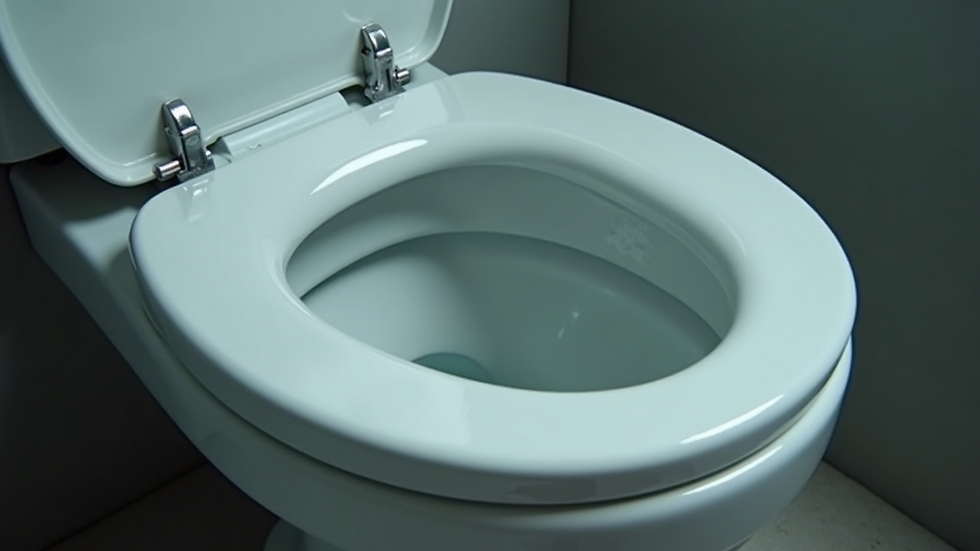Handling Plumbing Emergencies: What You Need to Know
- Jack P.
- Sep 2
- 3 min read
Plumbing emergencies can occur at any time, leaving homeowners in a state of panic. Leaks, clogs, and burst pipes can quickly escalate into costly repairs if not handled promptly. Knowing how to respond can save you time, money, and frustration. This guide will walk you through how to manage plumbing emergencies effectively, ensuring you're prepared whenever something goes wrong.
Understanding Plumbing Emergencies
Plumbing emergencies refer to any sudden issue that disrupts the normal function of your plumbing system. These emergencies can include severe leaks, overflowing toilets, broken water heaters, and sump pump failures. Each situation can cause significant damage if not addressed immediately.
Statistics reveal that around 60% of homeowners experience some plumbing emergency. Common scenarios include burst pipes in the winter or overflowing toilets. Understanding these issues better can help you respond more effectively.

Identifying Common Plumbing Emergencies
Several plumbing emergencies are prevalent in homes. Here are some of the most pressing issues:
1. Burst Pipes
A burst pipe can cause a flood in your home, leading to extensive damage. This usually occurs due to freezing temperatures or excessive water pressure. Look for visible cracks or wet spots on walls or ceilings.
2. Overflowing Toilet
An overflowing toilet can wreak havoc if not addressed instantly. If the toilet overflows, turn off the water supply to the toilet by twisting the valve behind it. Never try to flush again until the blockage is resolved.
3. Sewer Backups
A sewer backup is not just a nuisance; it's a health hazard. Symptoms include gurgling sounds from drains or toilets that won’t flush. If you suspect a sewer issue, it’s best to call a professional immediately.

Immediate Steps to Take in an Emergency
When a plumbing emergency strikes, it’s essential to act quickly:
1. Turn Off the Water Supply
The first step is always to turn off the main water valve in your home. This will help prevent any additional flooding or damage. In most homes, this valve is located near the water meter or where the main pipe enters your house.
2. Identify the Problem
Try to assess what has gone wrong. Is there flooding? Can you identify the source of the leak? Gathering this information will prove valuable when discussing the issue with a plumbing professional.
3. Contain the Damage
If the emergency involves flooding, use towels or buckets to contain the water. Move furniture and valuables out of the way to prevent damage. If the situation is severe, consider using a wet vac to remove excess water.
When to Call a Professional
While some plumbing issues can be managed DIY, others require expert intervention. For persistent problems, or if you’re unsure how to handle a situation, always call a professional plumber. Look for a reliable 24-hour plumber to ensure you get timely assistance.

Preventative Measures to Avoid Emergencies
One effective way to handle plumbing emergencies is to prevent them in the first place. Here’s how:
1. Regular Maintenance
Schedule periodic maintenance checks for your plumbing system. A plumber can identify potential issues before they escalate, saving you both time and money.
2. Proper Usage
Be mindful of what goes down your drains. Avoid flushing anything other than toilet paper, as items like wipes and feminine products can cause clogs.
3. Insulate Pipes in Freezing Weather
Insulating pipes in areas susceptible to freezing can prevent burst pipes during winter. Foam insulation sleeves are affordable and easy to apply.
Preparing for a Plumbing Emergency
Preparation is your best defense against plumbing emergencies. Here are some tips on how to prepare:
1. Know Your Plumbing System
Familiarize yourself with your home’s plumbing. Know where the main water shut-off valve is located and how to access it quickly.
2. Keep Essential Tools Handy
Have essential plumbing tools on hand, such as a plunger, a wrench, and a pipe snake. Even having duct tape and towels available can be beneficial in the moment of need.
3. Create an Emergency Contact List
Compile a list of contacts, including your local plumber, emergency services, and family members. Make sure everyone in your home knows where this list is kept.
Final Thoughts
Plumbing emergencies can be overwhelming, but knowing how to respond can help minimize the damage. By understanding the common issues, knowing when to call a professional, and taking preventive measures, you'll be better prepared for any plumbing crisis that may come your way.
Always remember, having a reliable 24-hour plumber on speed dial can provide peace of mind in those tense moments. Don't wait until an emergency strikes to start preparing—act today!




Comments